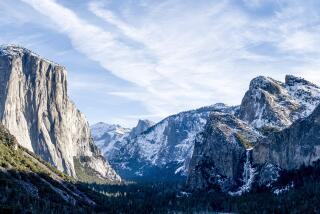Big earthquakes can produce destructive temblors on nearby faults, new study finds
- Share via
UC San Diego has found evidence that large earthquakes can quickly produce powerful and potentially dangerous aftershocks on nearby faults, an insight that could aid experts planning for how to deal with seismic hazards in California.
The discovery is based on the identification of 48 aftershocks that occurred between 2004 and 2015 following quakes in the magnitude 7.0 to 8.0 range. These aftershocks happened on faults adjacent to the ones that generated the main shock — within seconds or minutes of the original quake.
Researchers reported in the journal Science this month that the aftershocks were basically obscured by the amount of energy released by the main rupture.
In addition, the team from UC San Diego’s Scripps Institution of Oceanography made note of a 7.0 earthquake in the Indian Ocean that generated two sizable aftershocks 124 miles away — underscoring how far and fast that stress can be passed from one fault to another.
Wenyuan Fen, a Scripps graduate student who helped lead the study, said in a statement: “The results are particularly important because of their seismic hazard implications for complex fault systems, like California’s. By studying this type of triggering, we might be able to forecast hosting faults for large earthquakes.”
The new study builds on previous research by suggesting that a quake can lead to aftershocks on faults not directly connected to the original temblor’s fault.
“Multiple fault system interactions are not fully considered in seismic hazard analyses, and this study might motivate future modeling efforts to account for these effects,” said Scripps geophysicist Peter Shearer, senior author of the new report.
Robbins writes for the San Diego Union-Tribune.
ALSO:
Big tides could trigger large earthquakes, study says
What are the odds of dying in an earthquake?
The ‘Holy Grail’ for earthquake scientists has been accidentally destroyed
More to Read
Sign up for Essential California
The most important California stories and recommendations in your inbox every morning.
You may occasionally receive promotional content from the Los Angeles Times.









